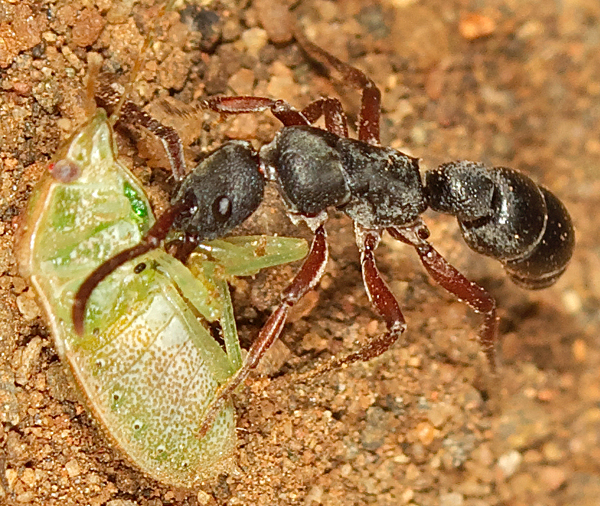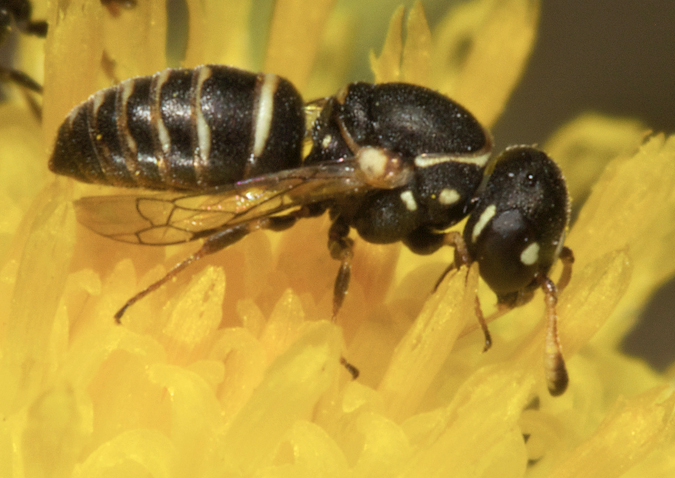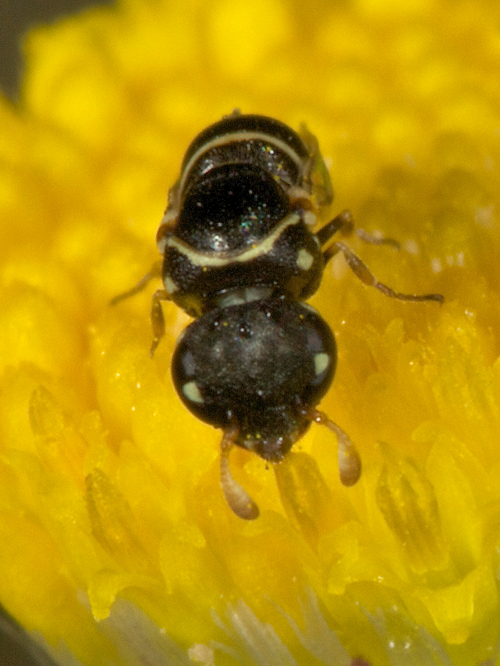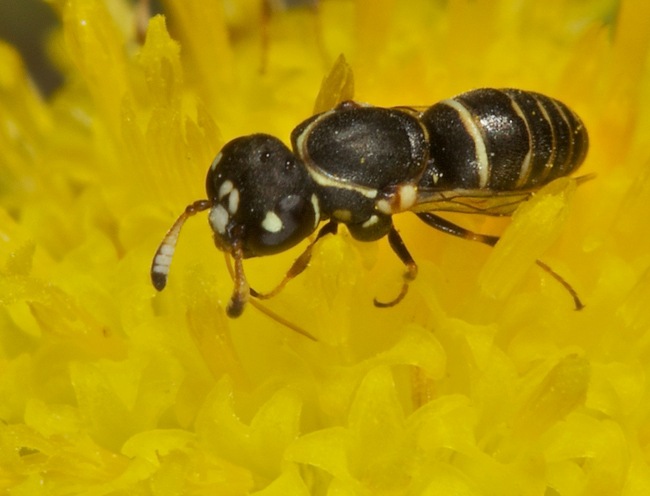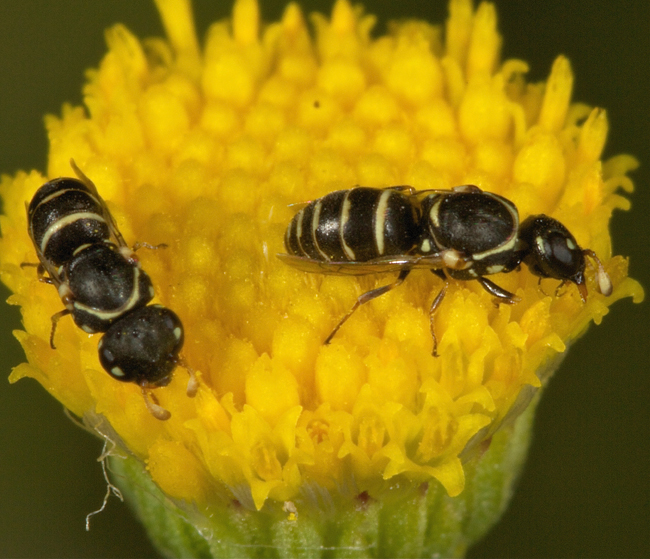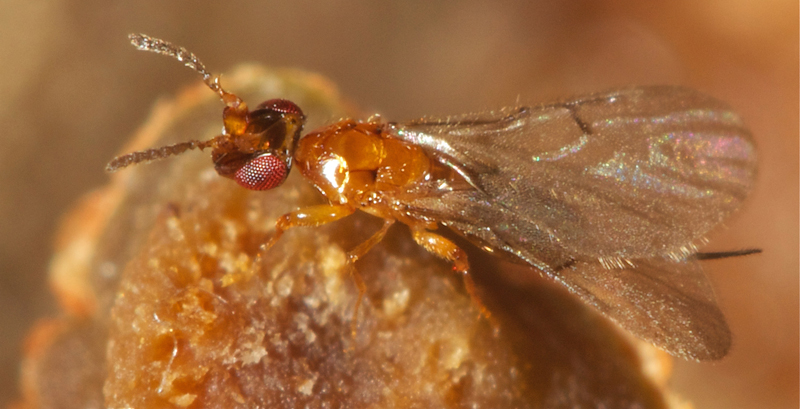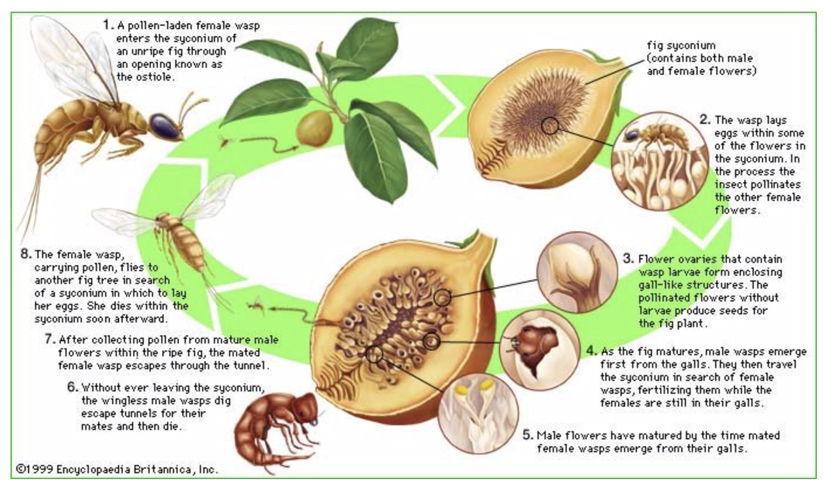Subfamily: Vespoidea. Family: Formicidae. Subfamily: Ponerinae
Marloth Park
Ants of the ponerine genus Odontomachus are large and slender and have a bizarre head with strong jaw-muscles and large, elongate trap-jaws which are carried sideways when foraging, ready to snap shut as potential prey comes in touch with the long frontal trigger hairs.
They have a powerful stinger at the apex of the abdomen.
Mandibles are straight and narrow, articulating with the head medially, capable of being held open at 180°, and with a trio of large apical teeth. There is a pair of long trigger setae below the mandibles.The head is strangely shaped: much longer than wide, with a distinct constriction behind the eyes and the posterior margin of the head almost straight. The eyes are fairly large and located anterior of head midline on temporal prominences. Propodeum broadly rounded dorsally, as broad as mesonotum but narrower than pronotum. Petiole topped by a posteriorly-directed spine, notably bent posteriorly at base. Gaster without a girdling constriction between pre- and postsclerites of A4. Head and body shiny to lightly striate, with very sparse pilosity and pubescence.
Like other ponerines, they display a suite of characteristics that are often considered ancestral in ants, including small colony size, monomorphic workers, little differentiation between the workers and queen, and solitary foraging.
Odontomachus troglodytes is widespread across sub-Saharan Africa in forests and open habitats.
The trap-jaw mechanism allows them to instantaneously close their long, sturdy mandibles to catch prey or to defend themselves. Photoelectric scanning has revealed that these trap-jaws can be closed in less than 0.5 ms and that they decelerate before they collide with each other. The mandible strike is released in a reflex-like action when particular trigger hairs are touched. This reflex takes 4 to 10 ms and is probably the fastest reflex yet described for any animal. This speed is based on a catch mechanism in the mandible joint that keeps the extended mandibles open during contraction of the powerful closer muscle and allows the potential energy it produces to be stored within cuticular elements, apodemes, and the closer muscle itself. During a strike a relatively small specialized trigger muscle unlocks the catch, instantaneously releasing the stored energy to accelerate the mandible.
Like in most other insects, two muscles are primarily responsible for “normal” mandible movement in ants: the mandible opener (abductor) and the mandible closer (adductor) muscles. The mandible moves as a simple hinge, with the closer and opener muscle attaching, respectively, to the medial and lateral portion the mandible base.
Trap-jaw ants have modified the basic ant mandible plan by inserting specialized latch, spring and trigger structures that together enable a catapult mechanism. This mechanism allows muscles to build up power over the course of seconds and then release it in less than a millisecond. A latch keeps the mandibles open even when the mandible closer muscle contracts, allowing potential energy to slowly be stored in a spring until a specialized “trigger muscle” releases the latch and the mandibles shut nearly instantaneously.
The unique morphology and record-breaking speed of trap-jaw ant mandibles clearly mark these ants as specialized predators, and numerous studies have confirmed that trapjaws are fast enough to capture insects with rapid predator escape mechanisms or chemical defenses.
Foragers search for prey usually with their mandibles in an open position, presumably in anticipation of striking prey. After detecting prey with their antennae, foragers approach with speed, and use their trigger hairs to position their prey in striking range of the apical teeth of their mandibles. After striking, often multiple times, foragers may also sting struggling prey before carrying it back to the nest.
However, trap-jaw mandibles can also be used in defense or escape during interactions with competitors or predators for individual escape by striking the substrate and launching themselves away from potential predators. When disturbed, these ants use trap jaw propulsion to ‘‘jump’’ away.
Links:
https://www.antwiki.org/wiki/Odontomachus_troglodytes
https://youtu.be/MdExxcRrC9g



